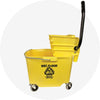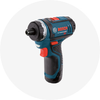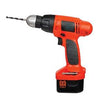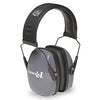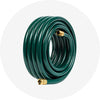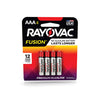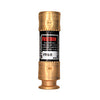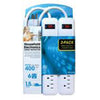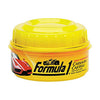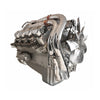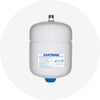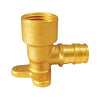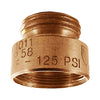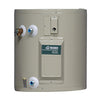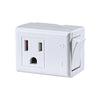Are roof heat cables dangerous? This is what you need to know
∙ min read

If you've been following Max Warehouse's blog, you'll remember some of our articles about tools and gutter cleaning, so you'll know perfectly well why this is an essential task throughout the year. However, this can be challenging during winter due to the weather, especially snowfall. So, among the winter tips for homeowners for your clients, the constant care of their roofs and gutters cannot be overlooked.
This article presents vital information regarding roof heat cables. These discreet devices offer a clever solution to prevent issues associated with blockages, structural damage, and leakage problems that could affect the health and durability of homes. If you're wondering, “Are roof heat cables dangerous?” This information is for you.
Proper installation steps for roof heat cables
The correct installation is vital to ensuring effectiveness and safety. Here's a general guide to follow:
-
Planning and design: evaluate the area and determine where the heat cables are needed, typically placing them along the roof edge in a zigzag pattern.
-
Preparation: turn off the electrical power in the installation area. Clean and clear the roof and gutters to ensure they're free from debris that could interfere with installation.
-
Cable installation: follow the manufacturer's instructions for placing the heat cables. They are usually secured along edges or cold spots using clips, ties, or T-supports.
-
Electrical connection: connect the heat cables to the electrical system, ensuring a secure connection with no loose or exposed wires.
-
Testing and adjustments: before turning them on, double-check all electrical connections. Switch on the cables, conduct tests to ensure they work correctly, and distribute heat uniformly across the necessary area.
-
Regular inspections: remind homeowners to monitor the proper functioning of the heat cables and provide necessary maintenance.

Potential risks of roof heat cables
While they're an excellent solution, there are situations where their use could pose risks:-
Incorrect installation may cause short circuits or damage the house's electrical system.
-
Improper regulation or prolonged use may overheat the cables, likely damaging gutters or the roof.
-
Continuous use of these heating systems in larger houses with multiple cables could significantly increase long-term electrical consumption, leading to higher costs.
-
Some roof types may not be compatible with heat cables, requiring specific installation methods to avoid corrosion or other damages.
-
Installing heat cables near other electrical installations or house components may cause electromagnetic interference or malfunctions in other systems.
Be an expert with Max Warehouse!
Our catalog offers a wide range of tools that, when combined with your expertise, will ensure your clients are delighted. At Max Warehouse, we are committed to guiding and supporting you in your search for high-quality products, whether you are looking to make bulk purchases, receive volume pricing, personalized attention, or efficient shipping. To this end, we have created a program specifically designed for professionals like you: Max Pro. By enrolling in this program, you'll have access to these benefits and gain other professional advantages.
In this case, we offer the best heat cables, such as the Easy Heat Electric Roof De-Icing Cable. Their roof and gutter de-icing kits have the right amount of roof clips and cable spacers. They come in various sizes, ranging from 30 to 200 feet.
Keep reading our blog for the best tips and products to enhance your work. At Max Warehouse, you'll find more than one solution!
Stay prepared with top-quality heat cable solutions
Sources:
- https://hotedge.com/what-are-heating-cables-how-to-install-them/
- https://www.maxwarehouse.com/blogs/business-blog/how-to-clean-gutters-safely








